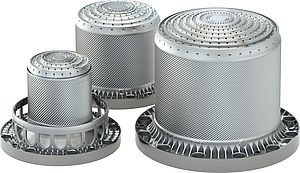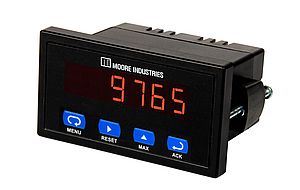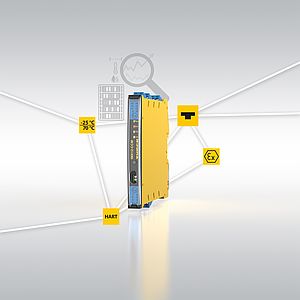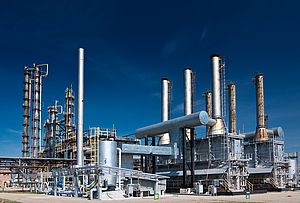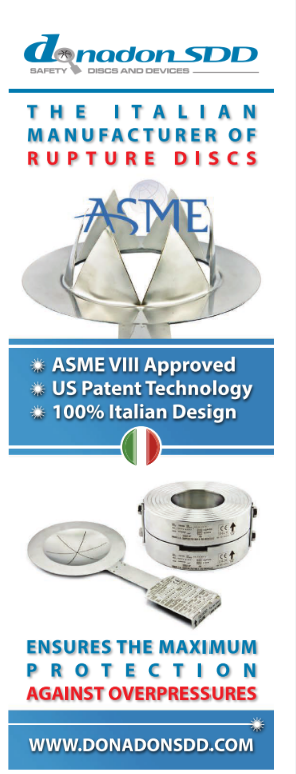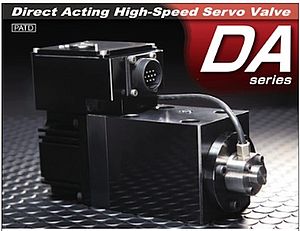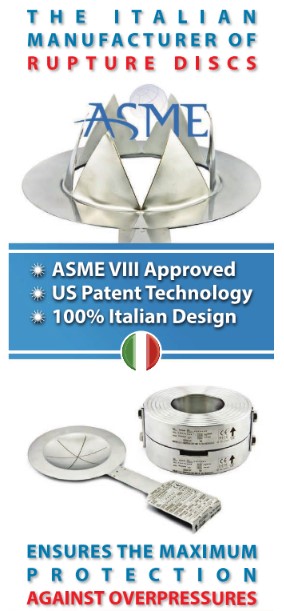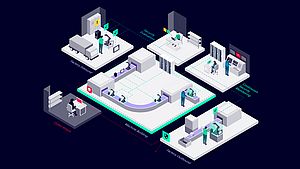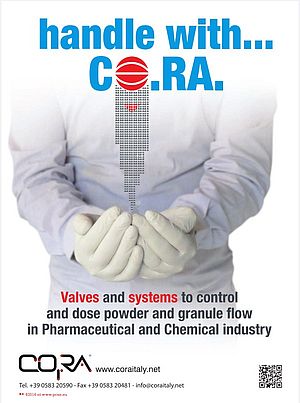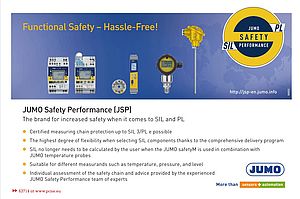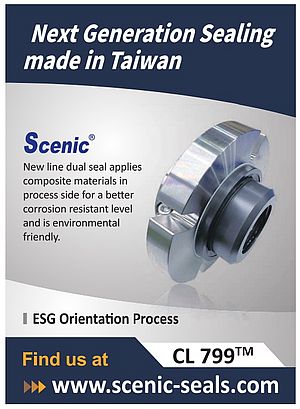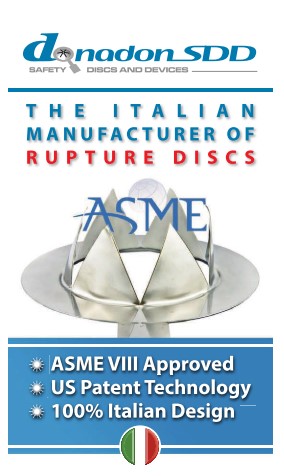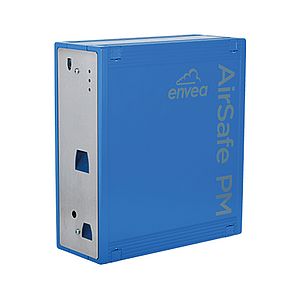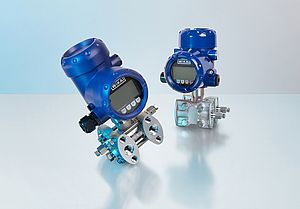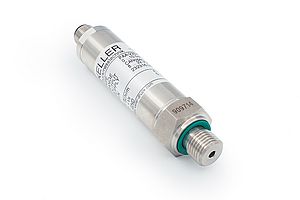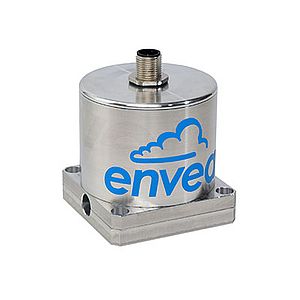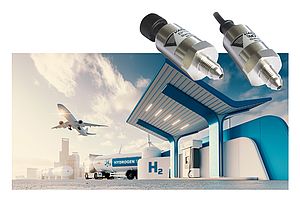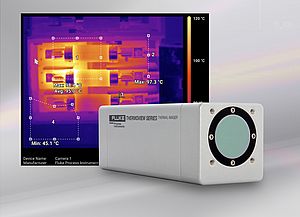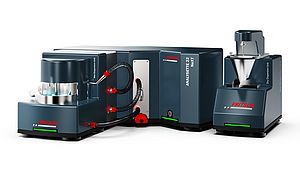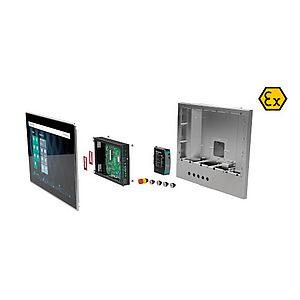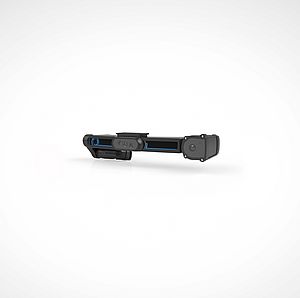Chemical sensor demand in the US will increase nearly five percent per year to $1.9 billion in 2017. A continued rebound in light vehicle production, along with the increasing use of advanced, higher cost universal exhaust gas oxygen (UEGO) sensors to improve vehicle fuel efficiency and performance, will drive advances. Growth will also be supported by healthy increases in medical chemical sensor demand as the aging of the baby boomer generation leads to above average growth in the diagnosis of diabetes and other chronic conditions. More broadly, gains across the entire industry will be supported by strong unit demand as lower average prices for most product types and improved chemical sensor performance due to technology advancements encourage expanded sensor use and facilitate the development of new applications and markets. These and other trends are presented in Chemical Sensors, a new study from The Freedonia Group, Inc., a Cleveland-based industry market research firm.
Electrochemical sensor demand is expected to grow 4.9 percent per year, aided principally by strong growth in motor vehicle oxygen sensor demand. Potentiometric sensors will remain the dominant type of electrochemical sensor technology and will provide the best opportunities due to the large and recovering automotive market for oxygen sensors. Fastest growth is expected in the smaller conductometric segment, but these sensors are still in the early stages of commercialization.
Optical chemical sensor demand will rise at a strong pace. Increased use of demand control ventilation in commercial properties and greater adoption of cabin air quality systems in motor vehicles will drive gains. Acceleration in chemical sensor demand growth in most environmental monitoring applications due to an expanding economy and the ongoing tightening of air and water quality standards will also support advances. However, even faster growth for optical sensors will be limited by declines in automobile emissions testing due to the falling number of vehicles that need to be tested via the tailpipe.
The fastest growth, albeit from a small base, will be realized by semiconductor sensors, which will benefit from improved performance and their low cost. In particular, demand for semiconductor sensors will, like that for optical sensors, be driven by the rising adoption of automobile cabin air quality control systems.
US demand for chemical sensors
to reach $1.9 Billion in 2017
- October 7, 2013
- 61 views







